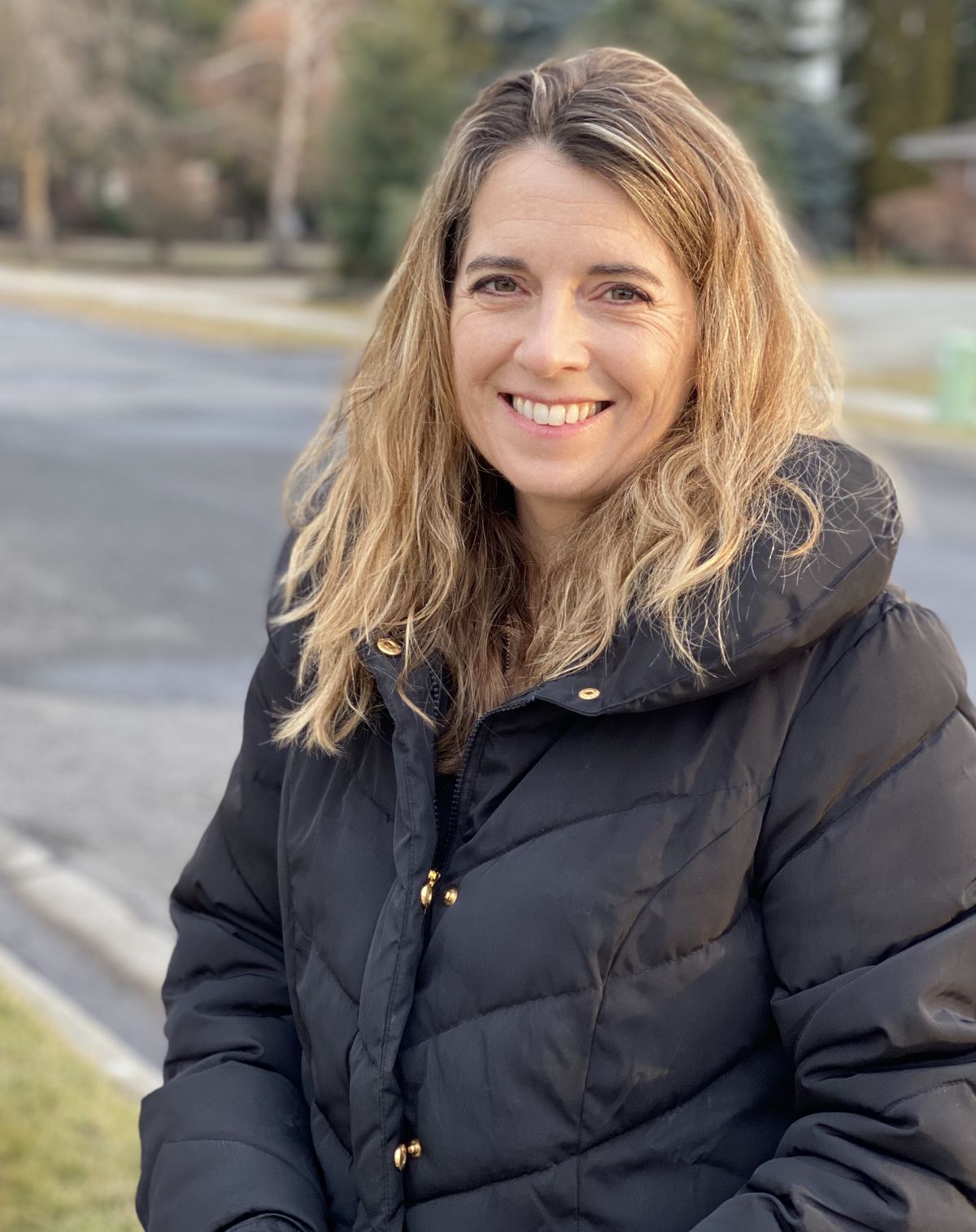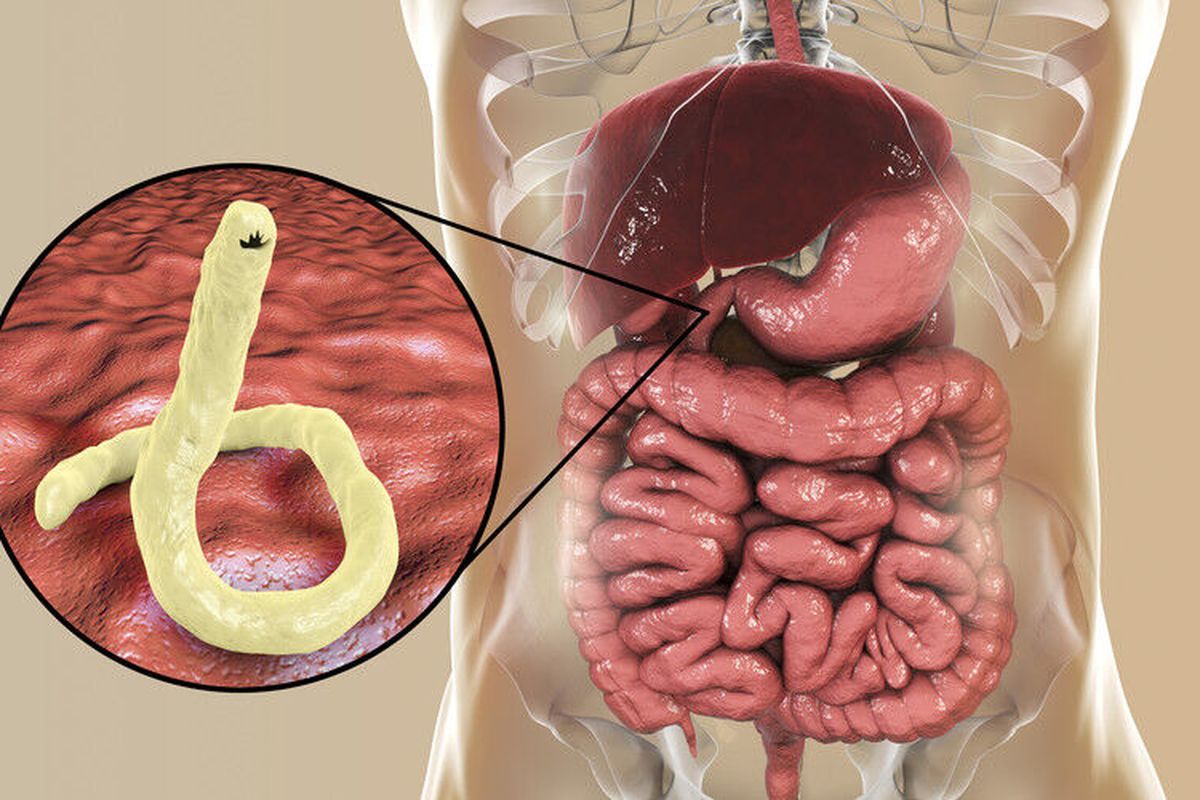GU research helps unlock pathway to fight parasites
Shepherd (Courtesy)
A study led by Gonzaga University professor Jennifer Shepherd raises the prospects for developing new drugs to kill parasites, which have sickened an estimated 1.5 billion people worldwide.
Her work targets parasitic helminths, a class including roundworms and tapeworms that live in soil and colonize human guts through dirty water. Parasitic diseases can have significant and chronic consequences for child development.
Shepherd, chair of Gonzaga’s chemistry and biochemistry department, said the new study found that the parasites have a unique enzyme variant allowing them to synthesize rhodoquinone, a molecule needed to survive in the low-oxygen space of the human gut and intestines. That enzyme now can be targeted for new treatments.
“We’ve been trying to find a difference, something that we can selectively target that only parasites have that humans don’t, and we have found that now,” said Shepherd, who has studied the biosynthesis of rhodoquinone for nearly 20 years.
“If we want to develop a drug to kill parasites, we can target now this enzyme variant. We can try to shut it down so it can’t work and it can’t make this molecule, rhodoquinone. Without rhodoquinone, they die when they’re inside the host.”
Parasites can live in both oxygen environments and spaces with little to no oxygen. Once inside a host, they switch to an alternative metabolic pathway – a type of anaerobic or oxygen-independent metabolism – for generating energy to survive.
A global team of researchers including Shepherd seeks to advance understanding of the mechanisms involved in how the parasites make the switch.
Mammals, who use aerobic respiration, don’t make or need rhodoquinone. Rather, humans use ubiquinone, also named coenzyme Q10 or CoQ10, for aerobic metabolism. Parasites can make both of molecules.
“We’ve figured out that the parasites have acquired this enzyme variant that humans don’t have in order to make rhodoquinone,” Shepherd said. “To make RQ, parasites need a different enzyme than is needed to make CoQ10.”
Parasites affect humans, domestic animals and livestock. Parasite-related illness is considered a neglected tropical disease because large funding typically isn’t given for research to study or develop new anti-parasitic drugs, she said. Very few therapeutics are available.
“In the last 30 or 40 years, I think there’s only been three new ones developed, and under the current ones, the parasites are gaining resistance to them; that just happens naturally,” said Shepherd, who will continue work with the team to find future treatments.
“We really need a new kind of anti-parasitic drug. The current ones that are in use have a number of side effects because they target energy systems or metabolisms that are present in both hosts and the parasites, so humans also can be affected by the drugs negatively.
“That’s why we’re trying to find a unique pathway that only the parasites have and try to shut that down so that it won’t negatively affect the host. Something that’s more selective hopefully would be more difficult to gain resistance to. That’s why we’re interested in that area.”
Shepherd also has a personal interest, after spending much time in Ghana, from where she adopted three kids who have been home with her family for 10 years. She’s seen many parasitic infections firsthand during her Africa visits.
Such infections are common in less-developed countries, but parasites are found in some North American locations, Shepherd said.
“The infections are in North America, and all over the world, but highly prevalent in third-world countries where they have poor water quality because a lot of these parasitic eggs grow in contaminated water and soil.”
The study’s leaders also included Gustavo Salinas, a professor at Universidad de la República in Uruguay, and Andrew Fraser, professor of molecular genetics at the University of Toronto’s Donnelly Centre for Cellular and Biomolecular Research.
Funding came from the Canadian Institutes for Health Research and Agencia Nacional para la Innovación y la Investigación ANII in Uruguay.

